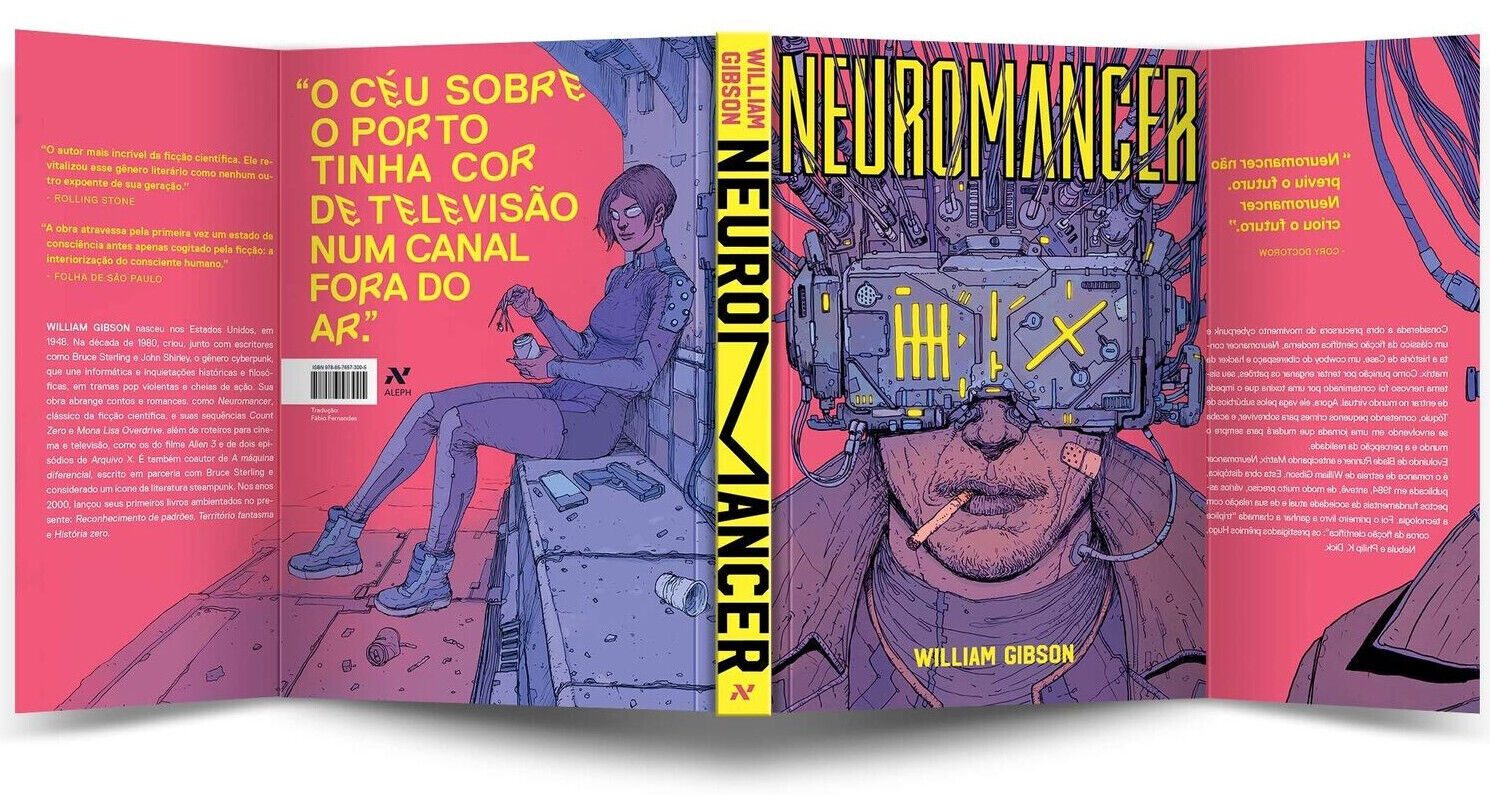Apple announced that it’s bringing a new show to Apple TV+ based on William Gibson’s award-winning cyberpunk novel Neuromancer (1984), offering another big moment for VR to take the limelight.
According to Apple, the upcoming 10-episode drama series is slated to follow the novel’s narrative of “a damaged, top-rung super-hacker named Case who is thrust into a web of digital espionage and high stakes crime with his partner Molly, a razor-girl assassin with mirrored eyes aiming to pull a heist on a corporate dynasty with untold secrets.”
If you haven’t read Gibson’s novel, which coined the term ‘cyberspace’, you may be surprised to learn that a lot of the action is based in the VR space called the “matrix,” which is accessed not through a VR headset, but a brain-machine interface (BMI) imbedded in the user’s central nervous system. Sound pretty familiar?
Translating that to TV won’t be as straightforward as it might seem though. Gibson’s version of cyberspace looks pretty different to the social VR platforms of today, or even the sort of monolithic virtual realities seen in The Matrix trilogy, or more recently, Ready Player One, the 2011 novel by Ernest Cline which Steven Spielberg brought to film in 2018.
As Gibson describes it, his matrix is more of an abstract space that is both physically immersive, but also provides the user with direct access to data that’s decidedly way more conceptual in nature:
“Cyberspace. A consensual hallucination experienced daily by billions of legitimate operators, in every nation, by children being taught mathematical concepts…A graphic representation of data abstracted from banks of every computer in the human system. Unthinkable complexity. Lines of light ranged in the nonspace of the mind, clusters and constellations of data. Like city lights, receding.”

It can’t all be “bright lattices of logic unfolding across that colourless void” though. Committing that complex virtual reality to television will probably mean it will need to be more visual and less abstract—more like the virtual reality people know already and understand. It’s impossible to say for now, but the TV show could more heavily leverage the sort of virtualized real-world locations seen in the book, such as VR version of London and ‘Night City’, a fictionalized version of Chiba, Japan.
And what does this mean to Joe Blow, Apple TV+ subscriber? While a fresh take on Neuromancer probably won’t directly translate to headset sales, good science fiction always has a way of inspiring new generations to get into technology. To boot, many of the XR pioneers of today point to Gibson’s Neuromancer and Neal Stephenson’s Snow Crash (1992), which coined the term ‘metaverse’, as foundational starting points.
It’s not certain when we’ll be able to watch the Neuromancer TV show—probably in a VR headset, knowing us—although if you’re looking for a little something to read while you twiddle your thumbs (besides the book!), check out the first time Gibson tried on a VR headset and exclaimed “they did it!”







